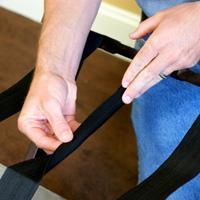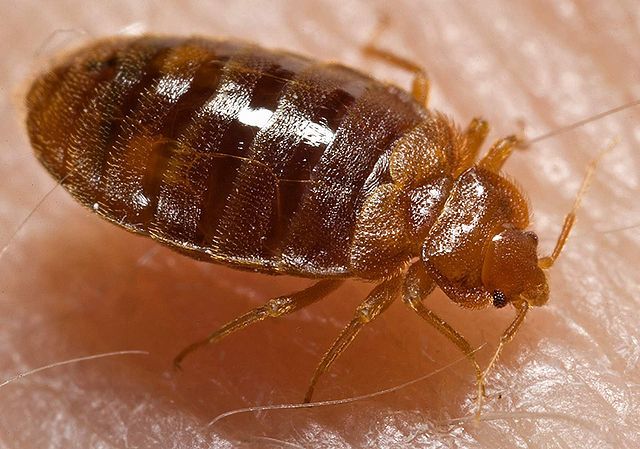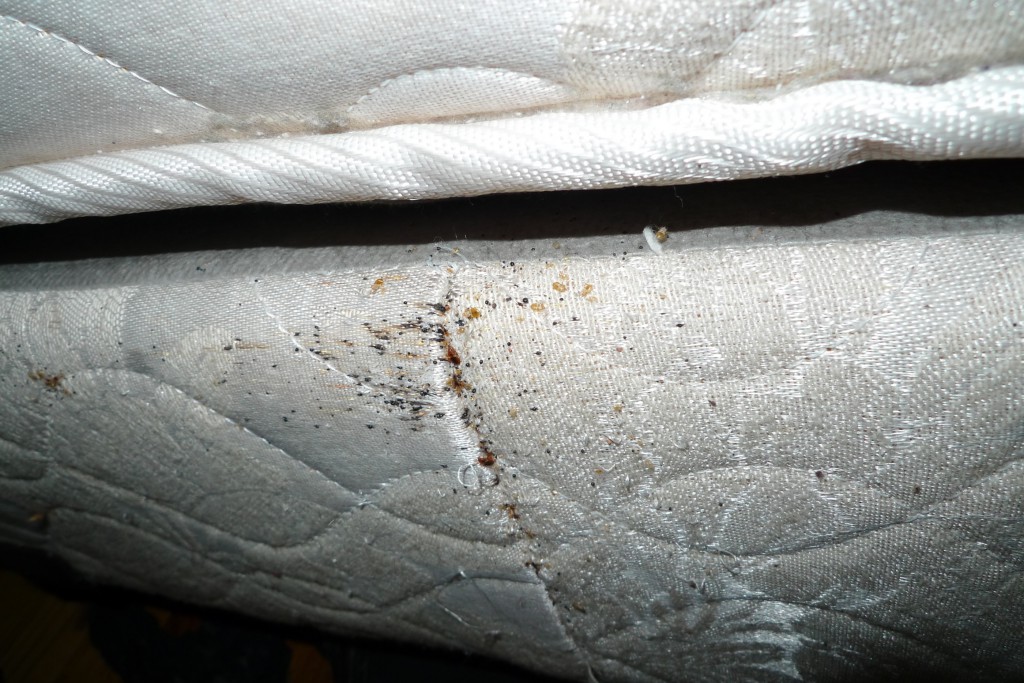
I may have brought bedbugs home from my vacation. What an awful souvenir! I travel a lot, but this is the first time I have had an encounter with bedbugs. Maybe staying at all those convents and monasteries in Europe instead of five star hotels protected me from these unsavory pests. In reality, bedbugs can be found anywhere there are people. Since it is travel season, this is a good time for a refresher on bedbugs.
Your first line of defense is: BE AN INFORMED TRAVELER.
- Read hotel reviews. Remember that some may be false, so check several different sources.
- Check the Bed Bug Registry.
- Ask the hotel where you are thinking of staying, what practices they’ve put in place to deal with bedbug prevention and treatment.
- Travel with a flashlight and a bedbug information card. Here are two bedbug cards – one from EPA and one from Cornell.
WHEN YOU ARRIVE AT THE HOTEL:
- Place your luggage in the bathroom or near the door while you inspect your room for bedbugs.
- Start with the luggage stand and bed. Bedbugs are about the size of an apple seed and may be found hiding under the straps on the stand or along the seams of the mattress. To inspect the mattress, pull back the bed linens, and check all the way around the mattress, especially along the seams. If you see bedbugs or small black dots that look like mold or ground pepper then you should do a more thorough inspection. Watch this video from Virginia Tech Cooperative Extension to learn more about a hotel inspection.
- If you find evidence of bedbugs, let the hotel management know and ask to change rooms.
- Keep your luggage off the floor. Always place your luggage on the luggage stand, a desktop or table.
- Don’t place your clothing or personal items on the bed.
I did not do a thorough inspection of my room, and when I got up in the morning I had red bites on my legs. I didn’t see any bedbugs, but the bites were evidence enough that I had encountered some undesirable pest. I took action and treated my luggage as if I had encountered bedbugs. Here are some tips to keep from bringing bedbugs into your home.
- Keep the luggage outside your house. Unpack clothing and wash everything that is washable in hot water or place it in a hot dryer. See the University of Minnesota Fact Sheet “Laundering Items to Kill Bed Bugs” for more information.
- Place your suitcase in a black trash bag and leave it in the garage or outside in the sun. Bedbugs will die when their body temperatures reach 113 degrees Fahrenheit (45°C). That means the suitcase must get even hotter to kill the bedbugs.
For more information on inspecting and preventing bedbugs visit these websites: U.S. Environmental Protection Agency (EPA), National Pesticide Information Center, New York City Bed Bug Info, or Virginia Tech Cooperative Extension. If you have additional questions contact your county or state Extension office.

Travel safe, have fun and try to not bring home any bedbug souvenirs.



Leave a Reply